 Abraham Lincoln
If given the truth, the people can be depended upon to meet any national crisis...
Abraham Lincoln
If given the truth, the people can be depended upon to meet any national crisis...
 Guildford news...
for Guildford people, brought to you by Guildford reporters - Guildford's own news service
Guildford news...
for Guildford people, brought to you by Guildford reporters - Guildford's own news service
Birdwatcher’s Diary No.292
Published on: 18 Nov, 2023
Updated on: 17 Nov, 2023
By Malcolm Fincham
The weather remained inclement and at times rather volatile, as another named storm Ciarán arrived on a continuing muscular Jet Stream during the early part of November.
Daylight hours were also rapidly closing in giving limited opportunities for me to capture up-to-date photos on my travels, mostly in my local surroundings about the Surrey countryside.
A special delight for my family and I, to begin the month, distracting me from my birdwatching, was the welcoming of my granddaughter Aurora into the world on November 2, with congratulations and best wishes to my son and daughter-in-law.
This I felt was rather uncanny. Having decided the name several months prior, it was just a few days after her birth that my friend Ross sent me a photo he and his son Max had just viewed of the Aurora Borealis that he had taken on his phone at Reculver Towers, Kent.
A very rare event so far south in the UK and witnessed by many with pictures shown on social media with sightings as far south as the Isle of Wight.
By the first weeks of November, assisted by some strong breezes, many of the trees’ leaves were beginning to change colour and fall at their varying rates. Some of the most attractive being the non-native species such as the Northern Red Oak.
My view from Worplesdon churchyard on Perry Hill across Guildford, was, as always, an inspiring one to me.
At Worplesdon churchyard a small group of siskins could be heard high up in pine trees at the back of the church, with one on view atop of one of the trees.
While at the base of one of the pines a nuthatch could also be photographed checking out the bark for insects.
Nearby a firecrest flitted about in a holly bush.
While just the other side of the churchyard a kestrel perched up, partially viewed, in a conifer.
Surprisingly, for me, I had so far viewed very few redwings or fieldfares this autumn around the areas I visited to the northern side of Guildford .
Only blackbirds could still be seen depleting the rowan trees of their berries on Whitmoor Common.
By the first weeks of November lesser redpolls had increased in their number on Whitmoor Common with a flock of between 60 and 80 individuals seen moving about the silver birch trees busily feeding on the cylindrical seed cones. With a few possible, similar looking, common redpolls (mealy) from more northerly parts beyond the UK, in the mix.
The name redpoll derives from old English “poll” referring to the top of one’s head.
Out on the heathland a kestrel continued to be viewed. Occasionally it could be seen being mobbed by the redpolls whenever it came too close for comfort to where they were feeding.
Goldfinches could also be viewed among the flock.
Jays were by now were appearing to be less active in their pursuits, having now plucked most of the acorns from the oaks overlooking the heathland.
At Britten’s Pond there had been a notable change of personnel during the first days of the month.
The adult male mute swan, having spent the last year in the company of what would now be its second winter daughter, this after the unknown death last winter of its long-time partner.
The change came when another unrelated female arrived on the pond causing, for a time, much anxiety. It appeared to me that after some dispute between the three swans that his daughter was chased off the pond and the adult male had now accepted the new companion. Time will tell?
Also arriving on the pond, at least for a few days, was a great crested grebe.
The large greylag geese population earlier in the year had now, once again, dwindled to the usual wintering pair.
And few Canada geese continued to visit.
While a grey heron continued its presence.
And a male kingfisher could now be regularly seen skimming across the water.
Now with fewer leaves to hide behind, he could occasionally viewed perched up.
November saw the start of large winter movements of wood pigeons, with some local birdwatchers reporting sightings of groups of over 4,000 in flight over areas of the Surrey countryside.
Reports of as many as nine short-eared owls had tempted me, in the company of Bob and Dougal, to visit Staines Moor early in the month.
A large influx had arrived recently from eastern continents and were spending their time wintering at numerous locations throughout southern counties of the UK.
We were staggered to see so many people already present on our arrival there. Looking out across the moorland through binoculars there appeared to be at least one small group of people gathered about almost every hawthorn and bramble clump about meadows.
I must admit, the sight of so many people present was immediately going against the grain of my idea of birdwatching.
Privileged to have had so many accidental close encounters and photos during my years of birdwatching, we had no desires to join the madding crowd and instead chose to stick to the footpath close to the River Colne that runs through the reserve.
In spite of it all, however, we enjoyed the delight just to watch them from a distance as well as to get a few reasonable record-shots of at least some that flew our way across the river.
Crepuscular by nature, we saw the first few out on the wing just before 3pm and having seen at least five short eared owls during our vigil.
With the afternoon light starting to fade, we decided to call it a day as the last of the autumnal sunlight filtered though the leaves as we returned to the car.
In spite of regular wet spells of during the first weeks of the month, the weather remained relatively mild for the time of year. And on a rare day of sunshine I made another visit about the fields in Shackleford, near Godalming.
Although not accumulating a vast amount of species while there, as on my previous visit red kites continued to be a common sight.
Common buzzards too remained a common sight there.
A kestrel flew past, glancing my way as it came within view of my camera lens.
Across one of the surrounding fields a covey of nine or so red-legged partridges could be viewed ‘clocking’ my presence before I could get any decent shots, and disappearing into the safety of a hedgerow.
A few colourful pheasants were also present.
A handful of skylarks could also be viewed.
And completing the walk with a roe deer as it scampered across the fields.
Recent Articles
- Guildford Institute’s Crowdfunding Project for Accessible Toilet in its New Community and Wellbeing Centre
- Letter: Guildford – Another Opportunity Missed?
- Letter: GBC’s Corporate Strategy – Where Is the Ambition?
- My Memories of John Mayall at a Ground-breaking Gig in Guildford Nearly Six Decades Ago
- Westborough HMO Plans ‘Losing the Heart of the Street’ Says Resident
- College Invests to Boost Surrey’s Economy and Close Digital Skills Gap
- Community Lottery Brings Big Wins for Local Charities
- GBC Housing Plan Promises ‘A Vibrant Urban Neighbourhood’ Near Town Centre
- Hospital Pillows ‘Shortage’ at the Royal Surrey
- Updated: Caravans Set Up Camp at Ash Manor School


Search in Site
Media Gallery
Dragon Interview: Local Artist Leaves Her Mark At One of England’s Most Historic Buildings
January 21, 2023 / No Comment / Read MoreDragon Interview: Lib Dem Planning Chair: ‘Current Policy Doesn’t Work for Local People’
January 19, 2023 / No Comment / Read MoreA3 Tunnel in Guildford ‘Necessary’ for New Homes, Says Guildford’s MP
January 10, 2023 / No Comment / Read More‘Madness’ for London Road Scheme to Go Ahead Against ‘Huge Opposition’, Says SCC Leader
January 6, 2023 / No Comment / Read MoreCouncillor’s Son Starts Campaign for More Consultation on North Street Plan
December 30, 2022 / No Comment / Read MoreCounty Council Climbs Down Over London Road Works – Further ‘Engagement’ Period Announced
December 14, 2022 / No Comment / Read MoreDragon Interview: GBC Reaction to the Government’s Expected Decision to Relax Housing Targets
December 7, 2022 / No Comment / Read MoreHow Can Our Town Centre Businesses Recover? Watch the Shop Front Debate
May 18, 2020 / No Comment / Read More



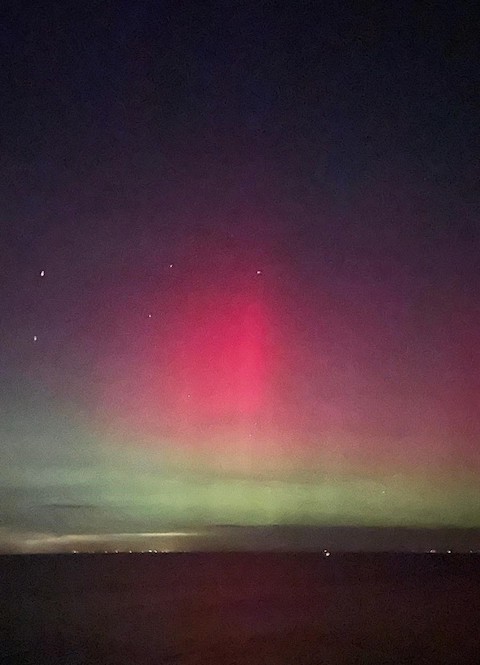
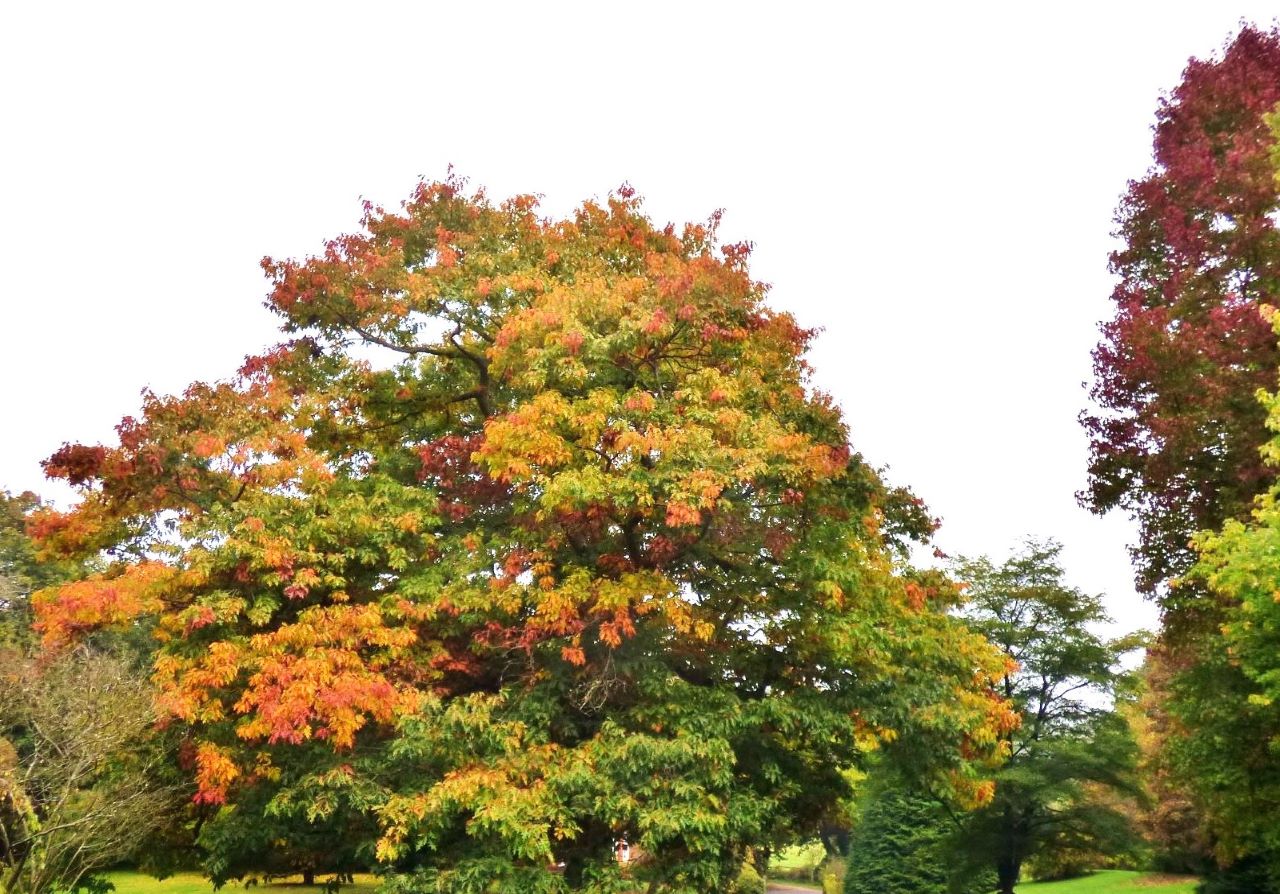

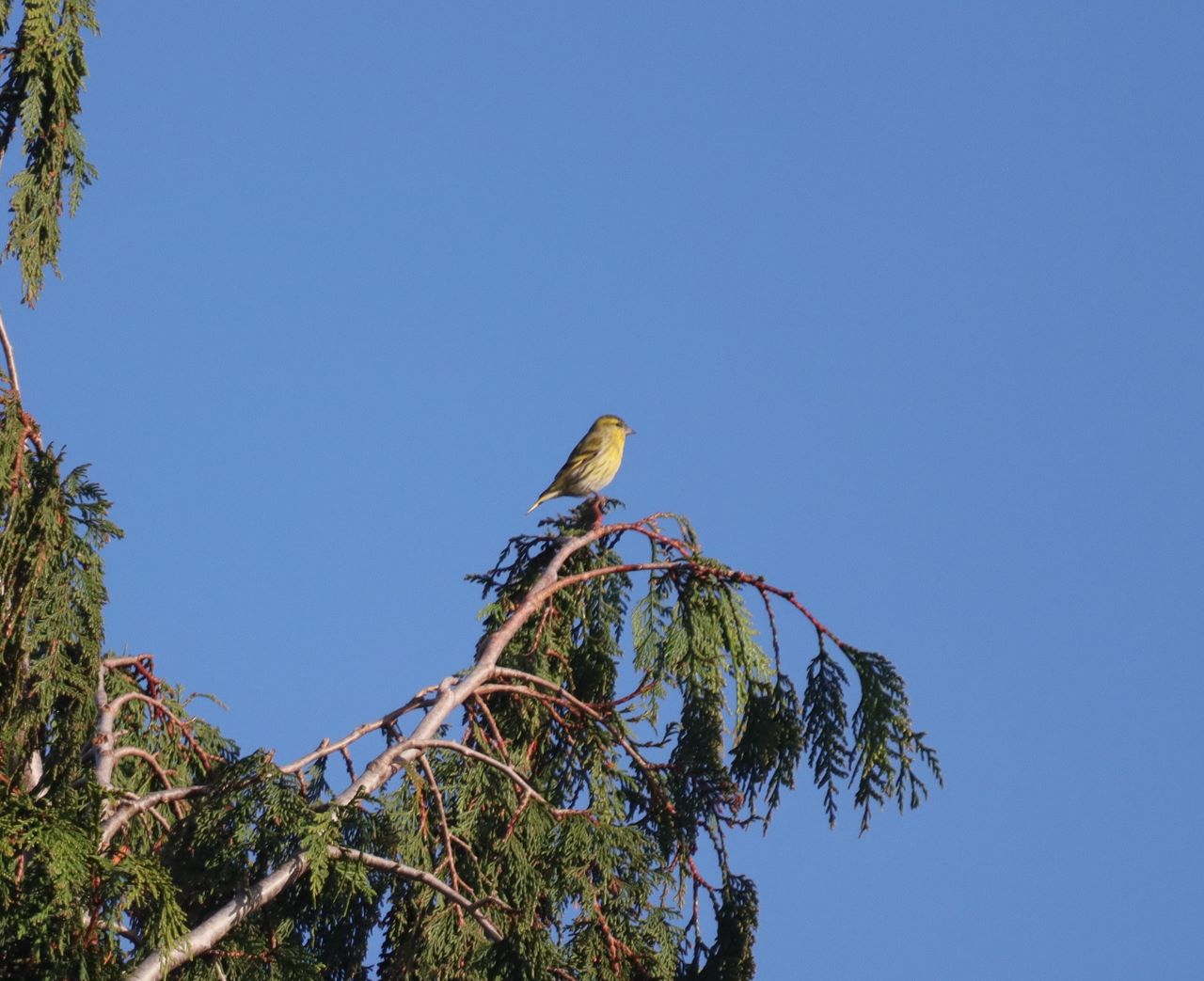
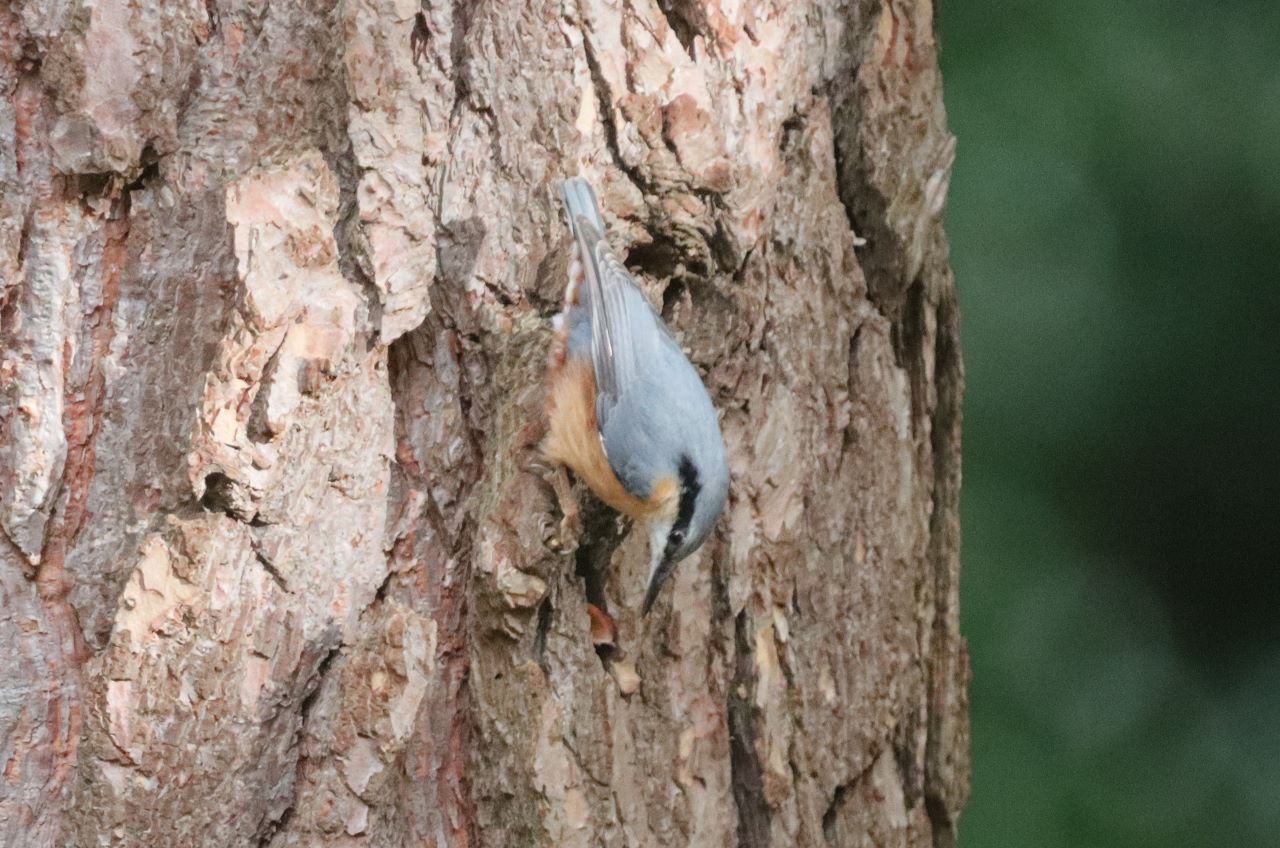
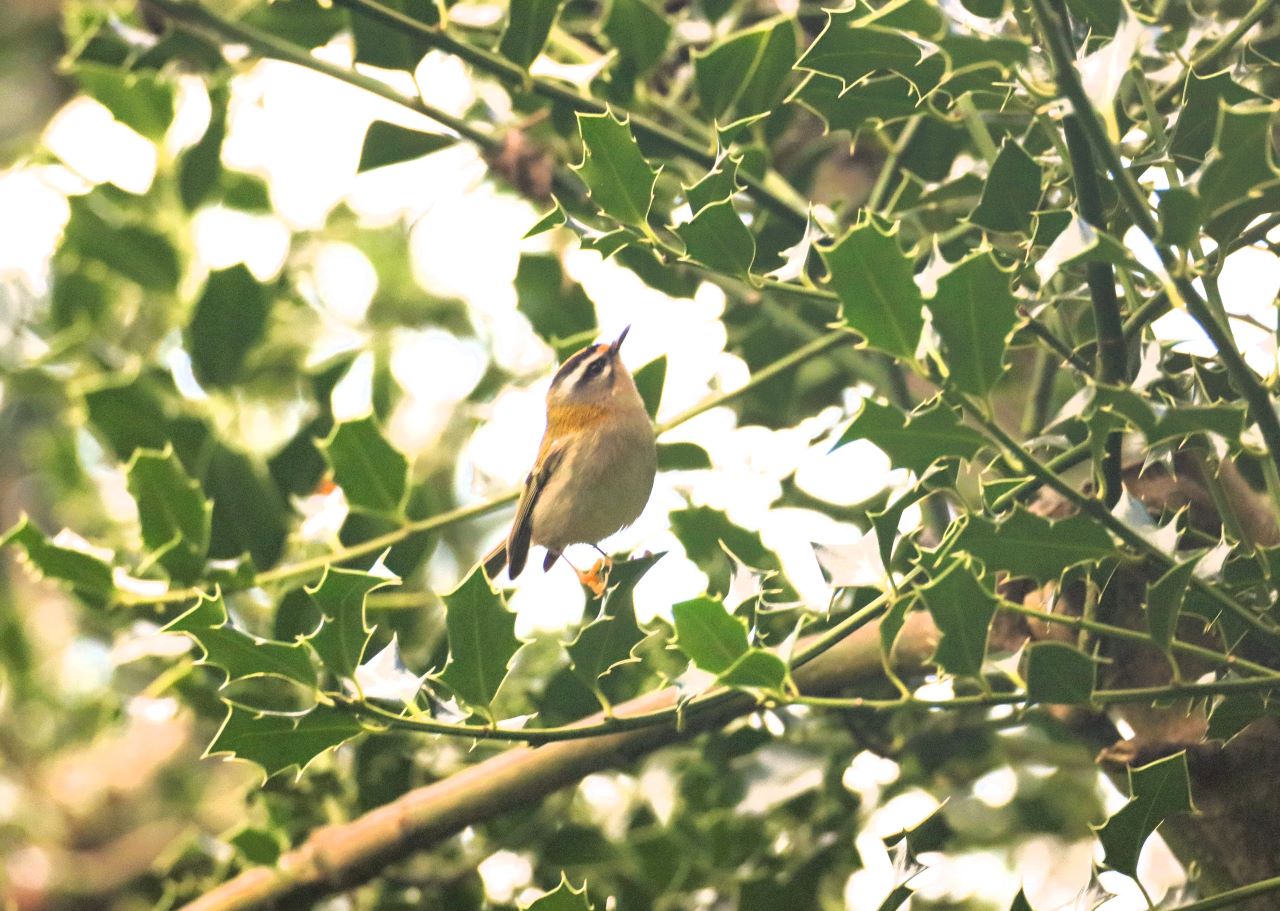
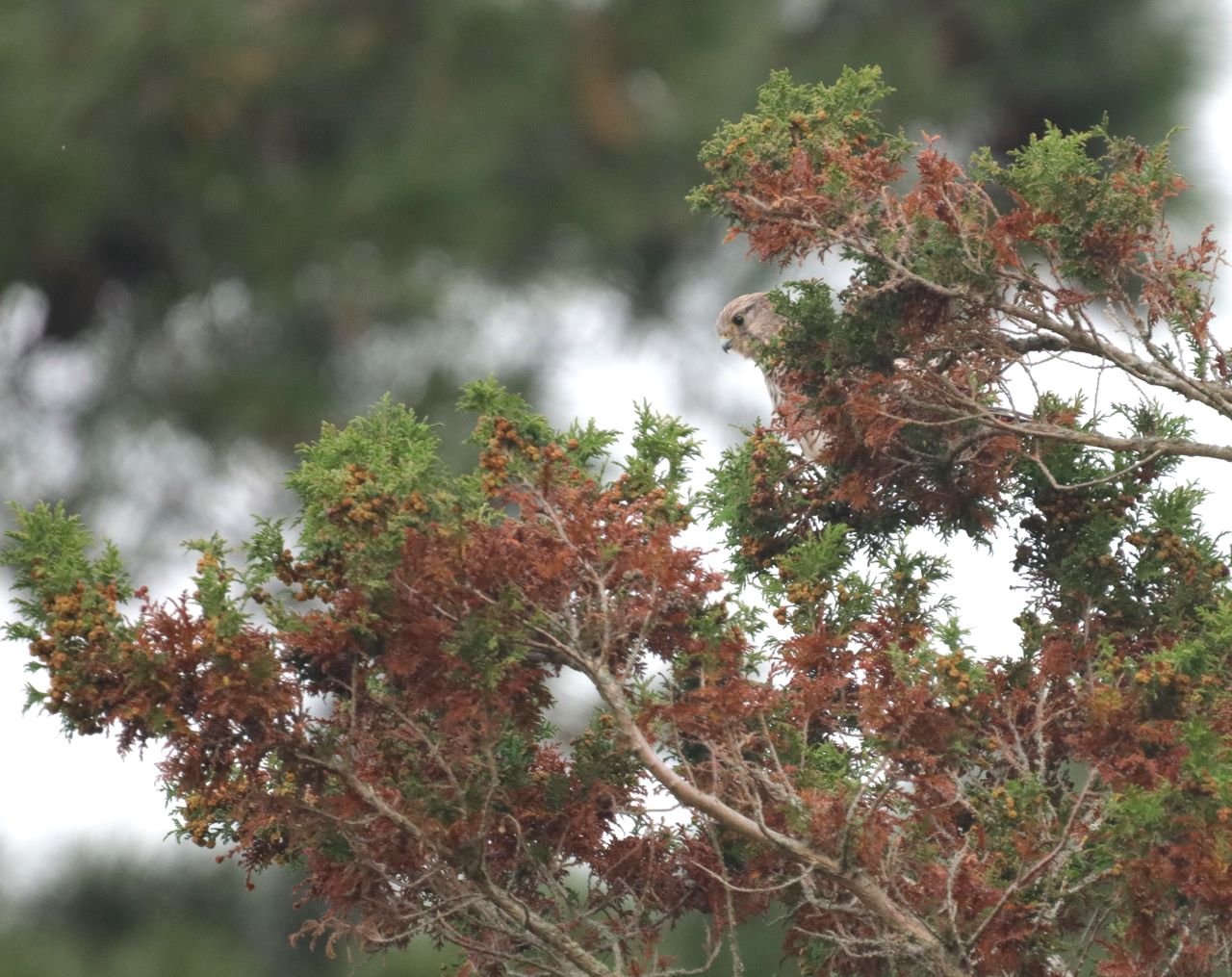

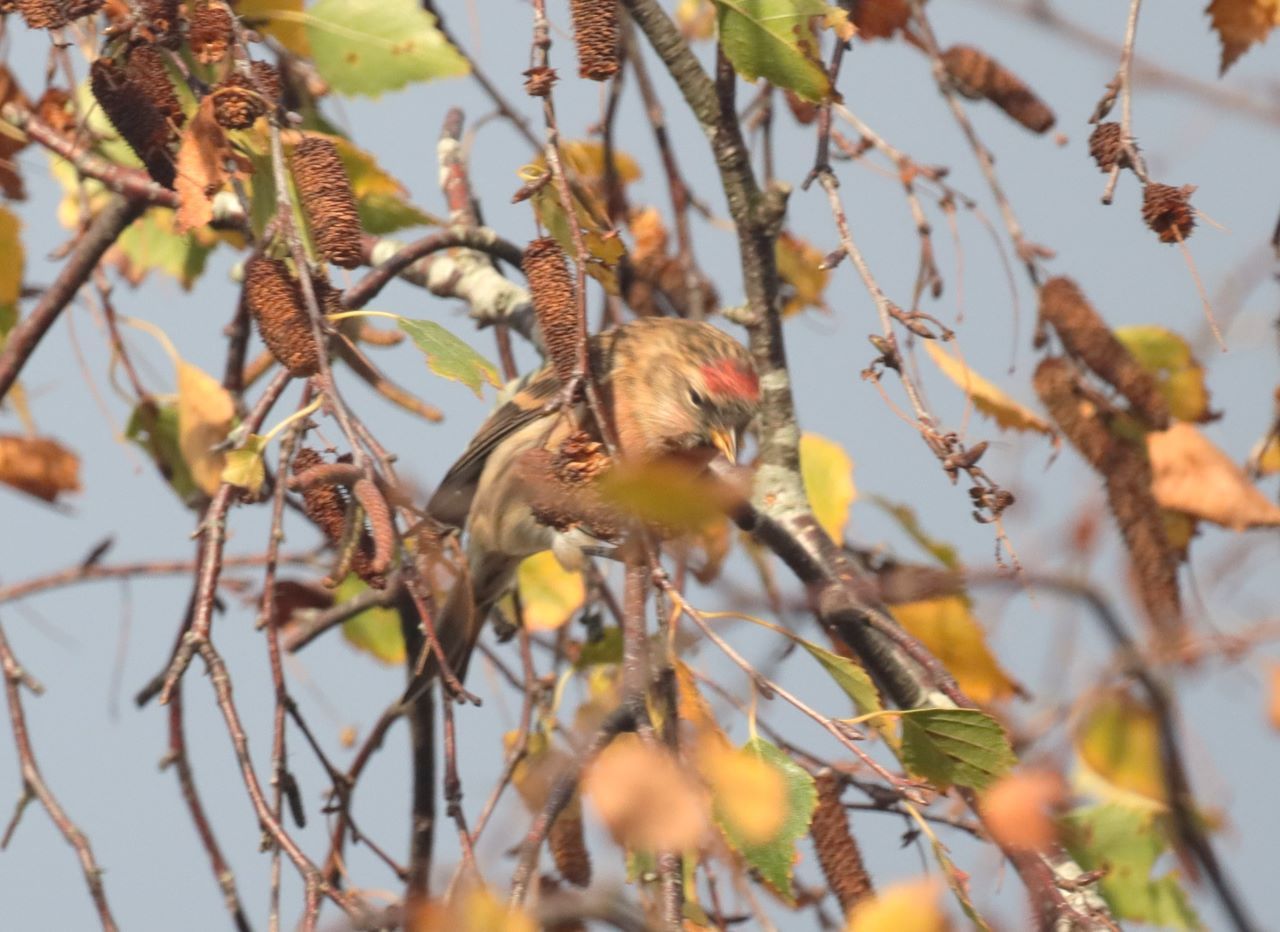
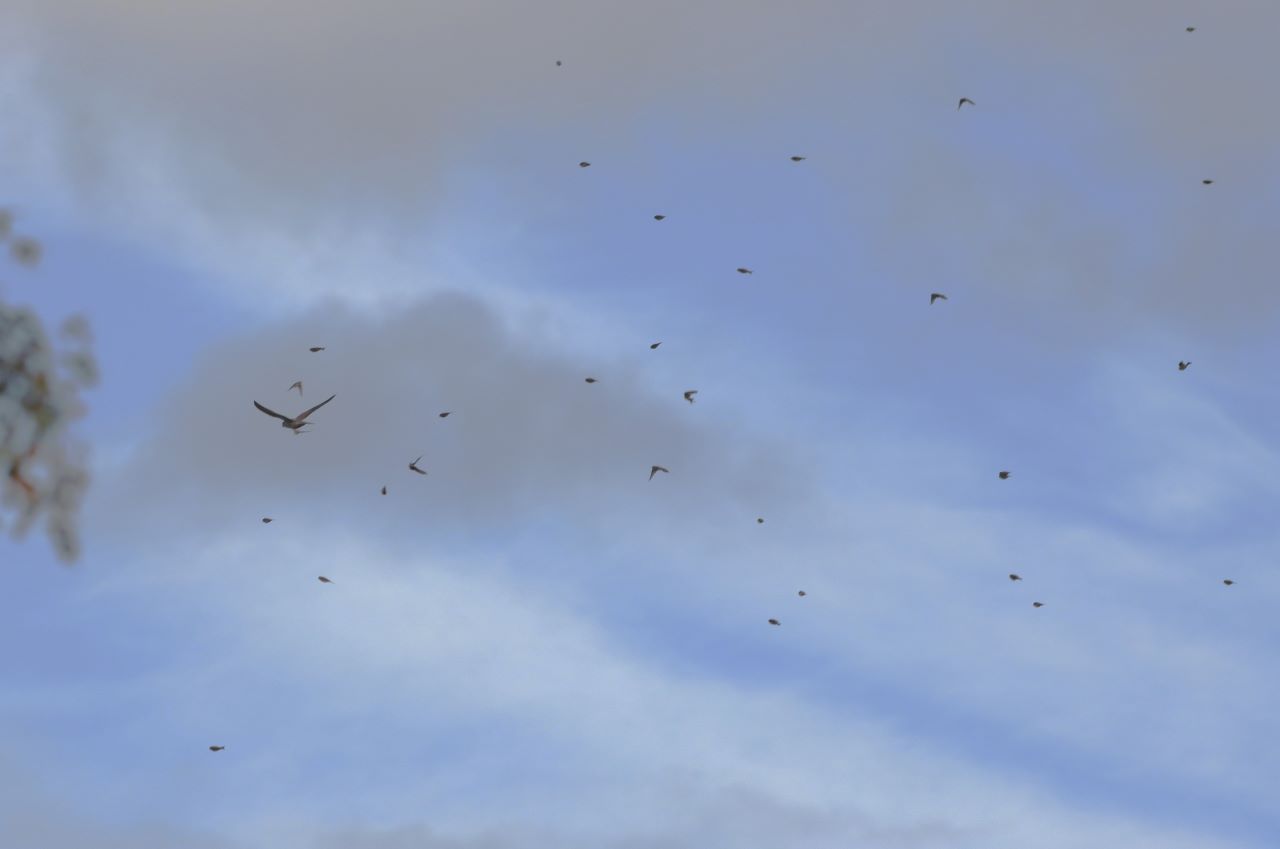

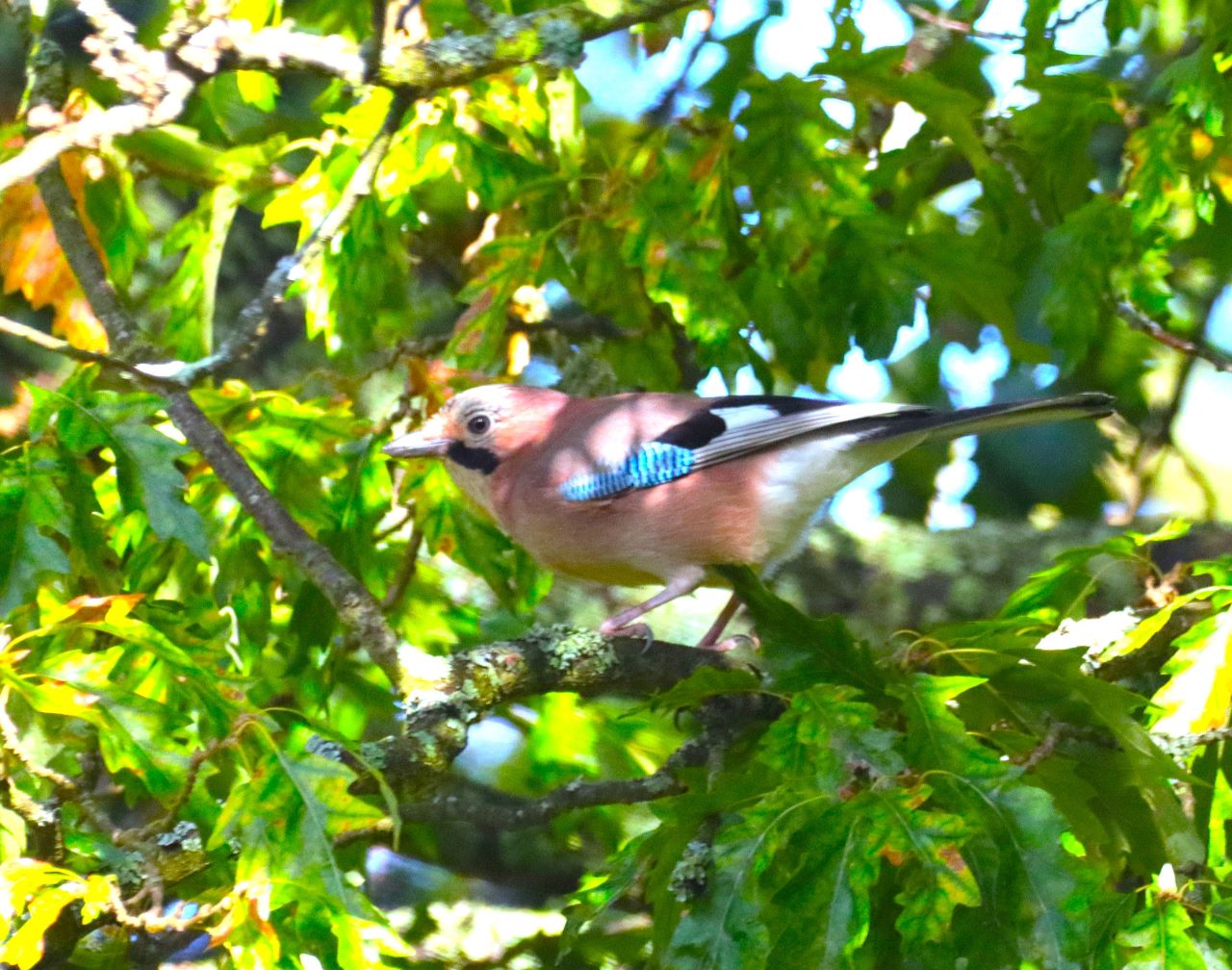
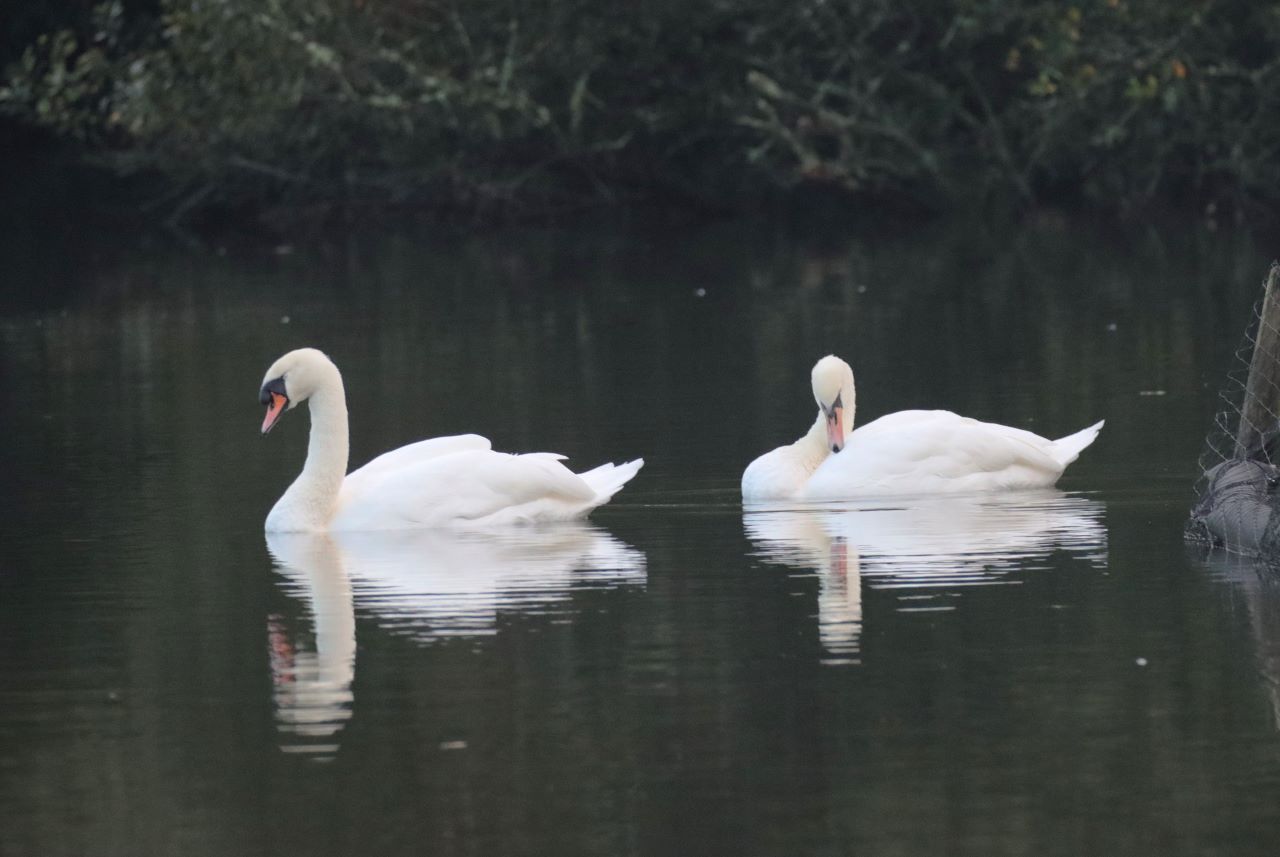
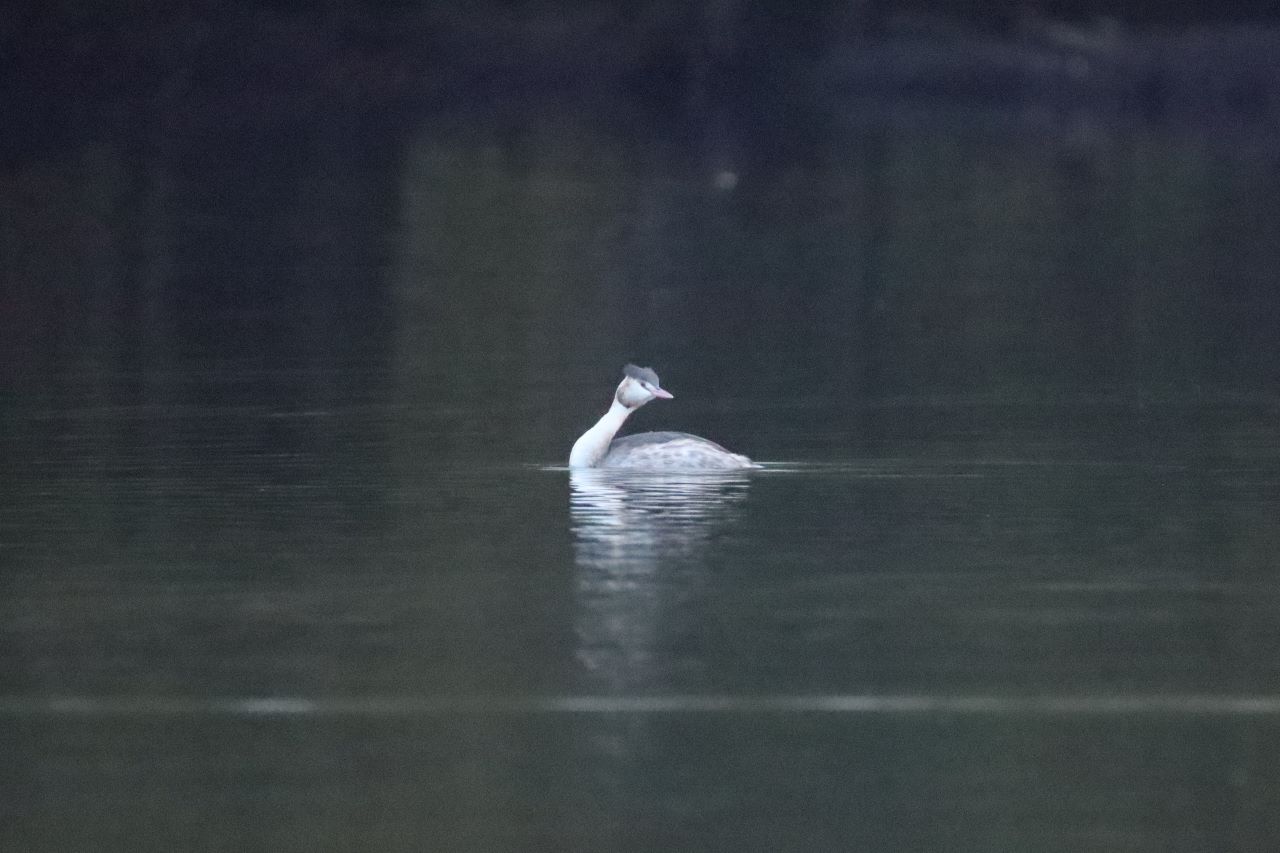
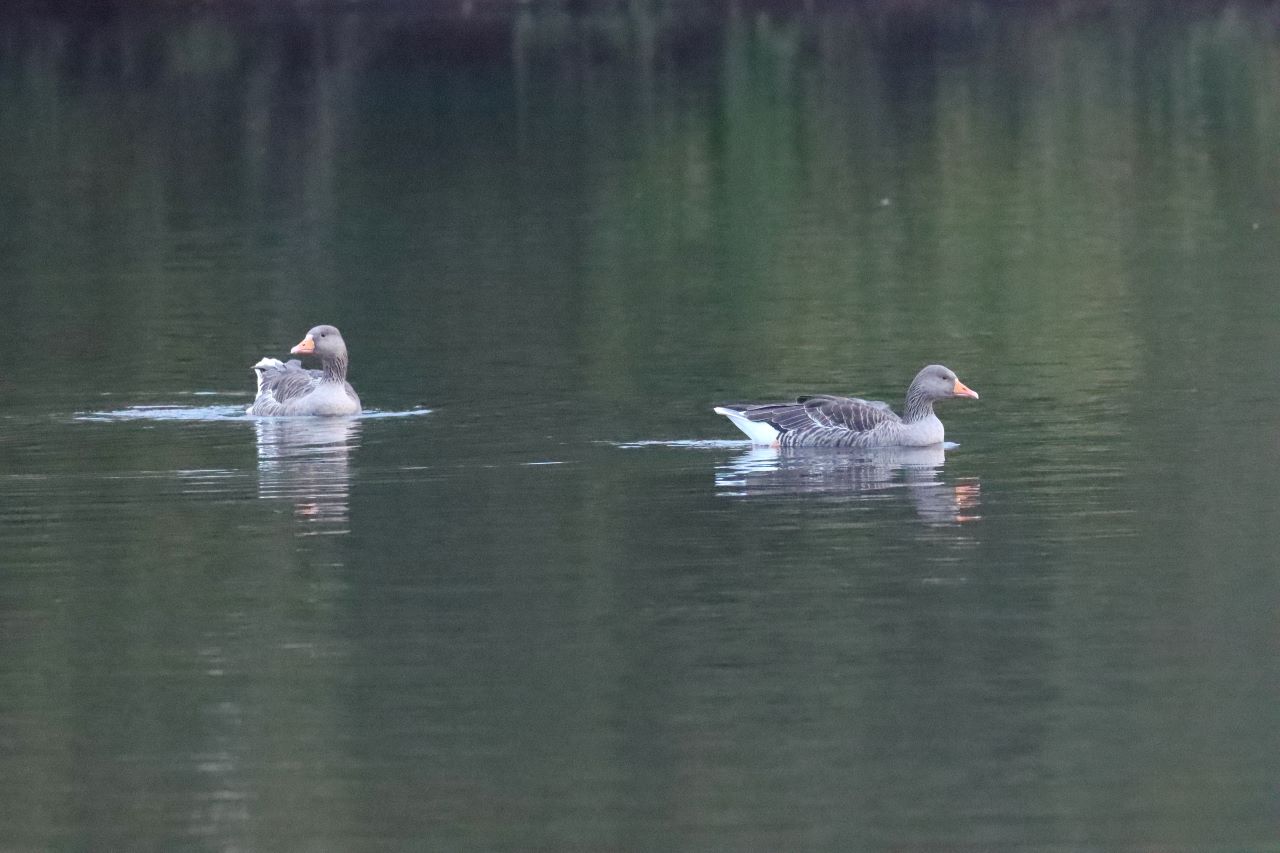
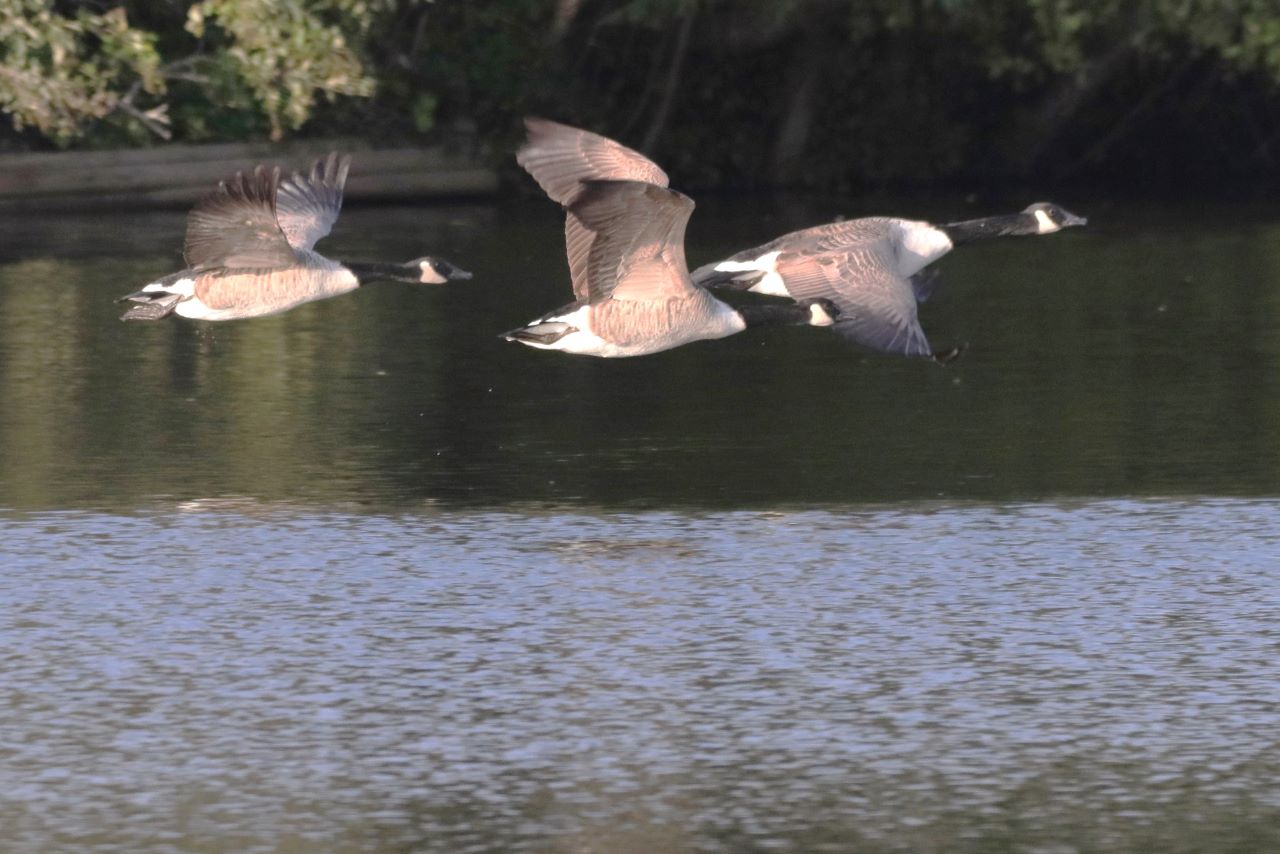
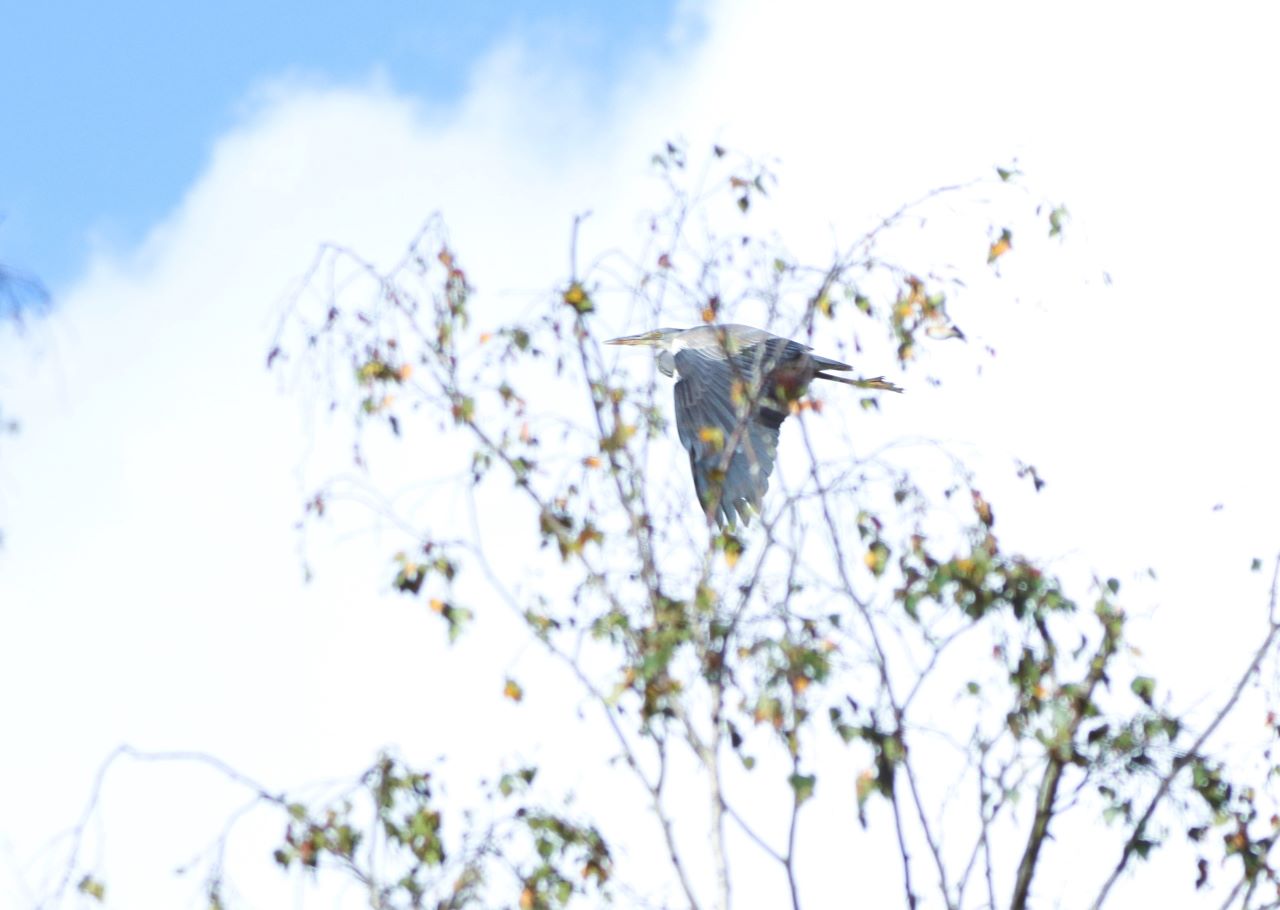

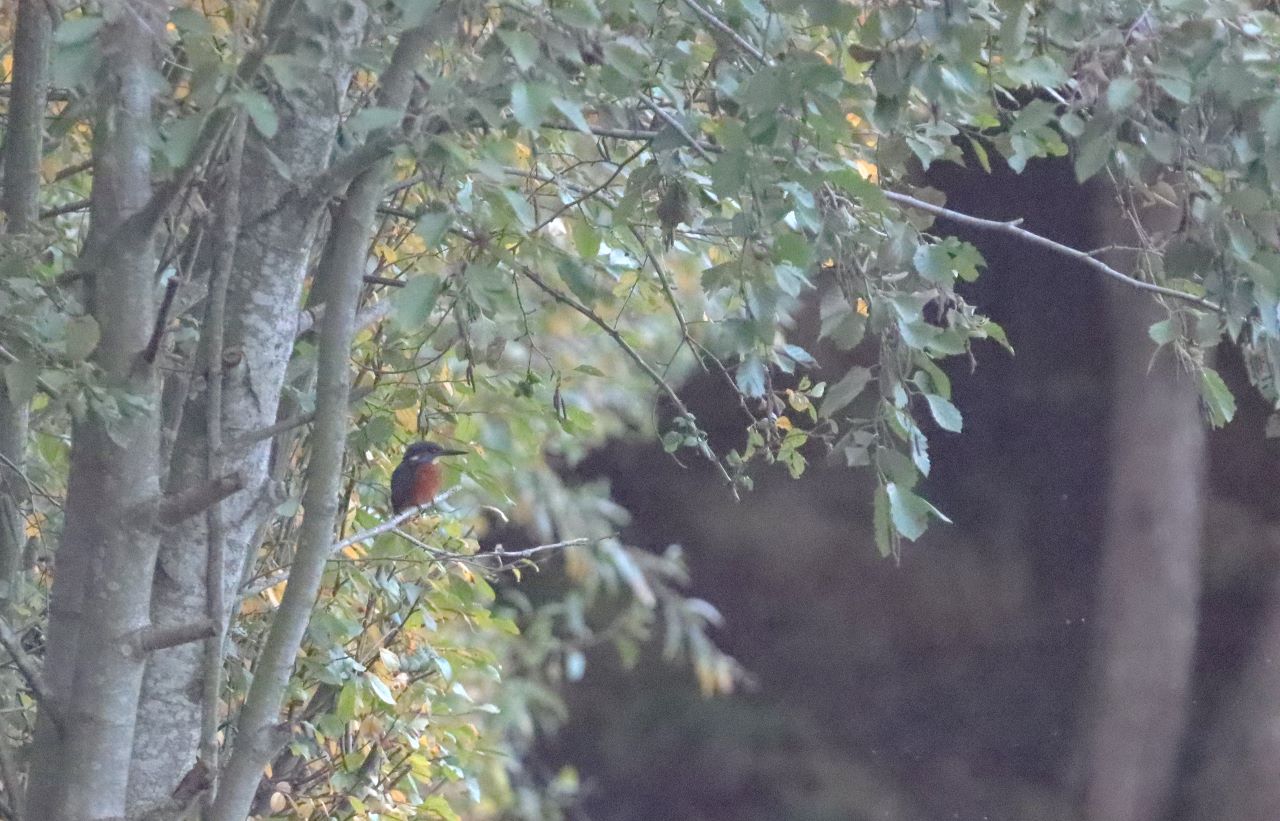
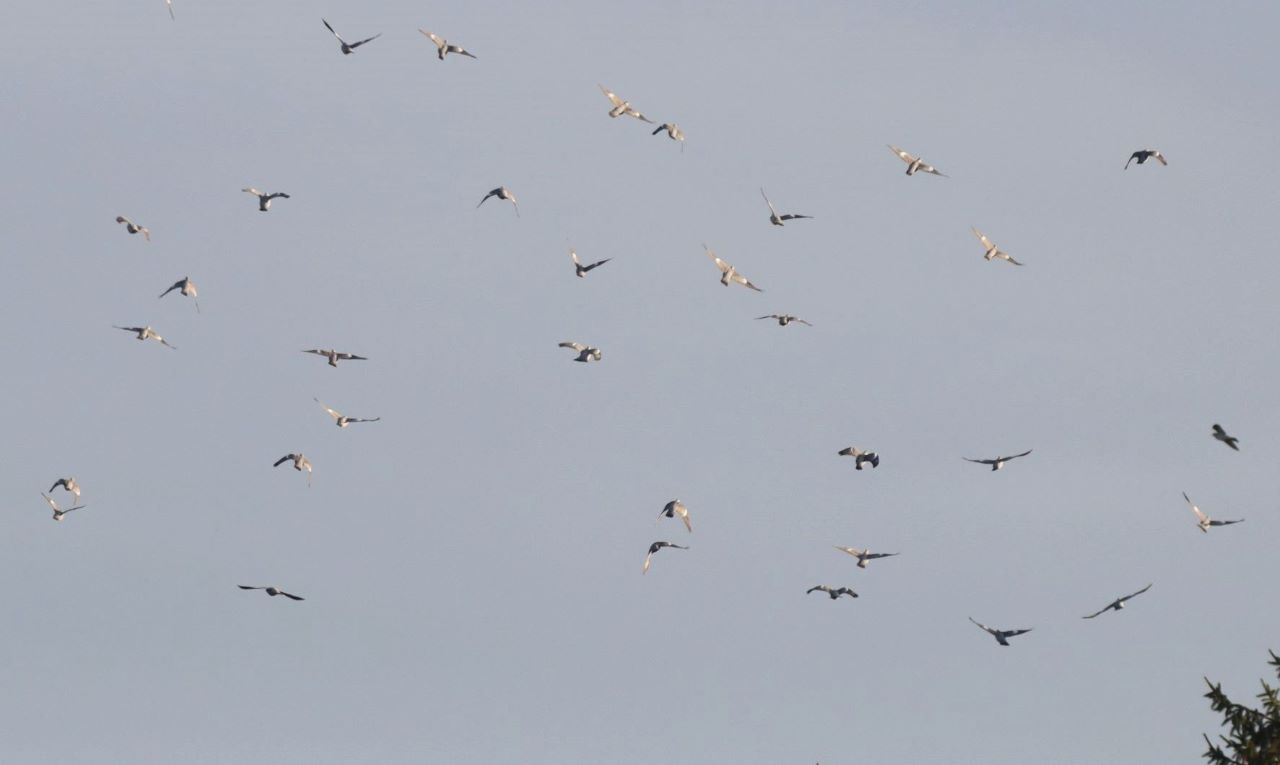
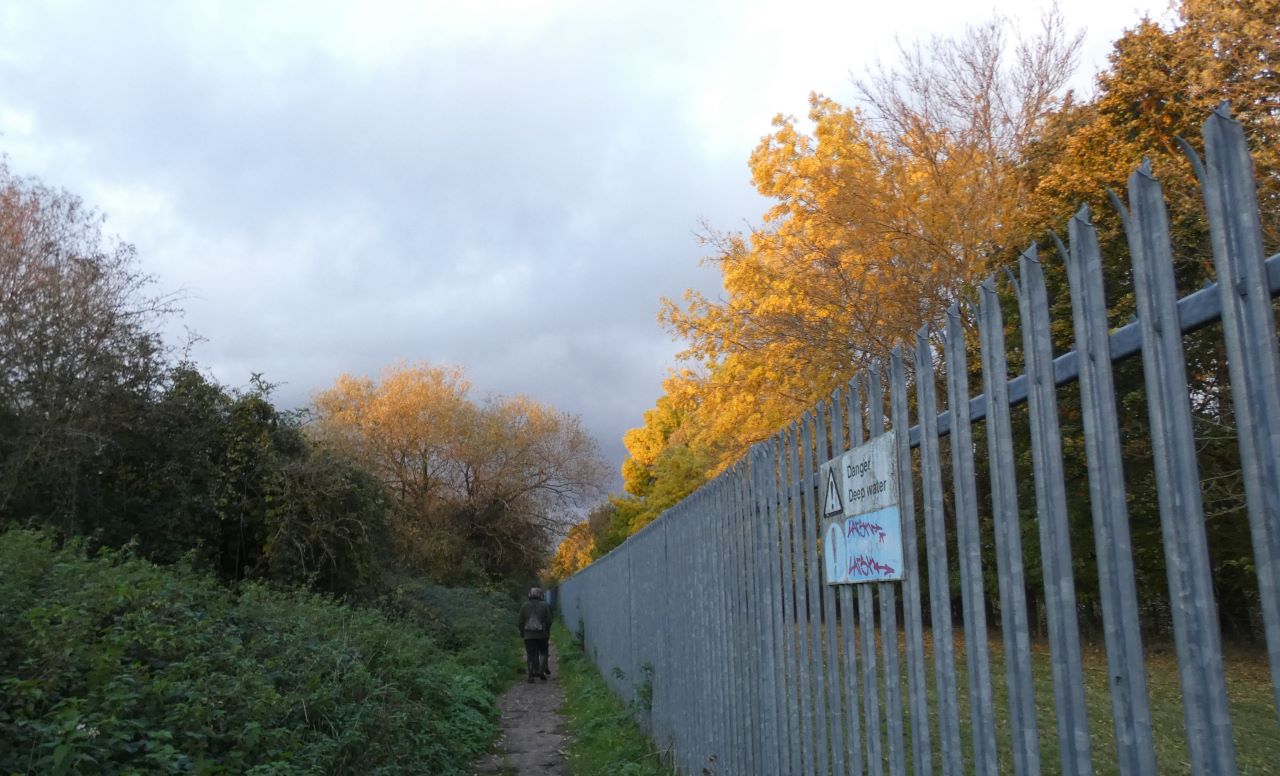
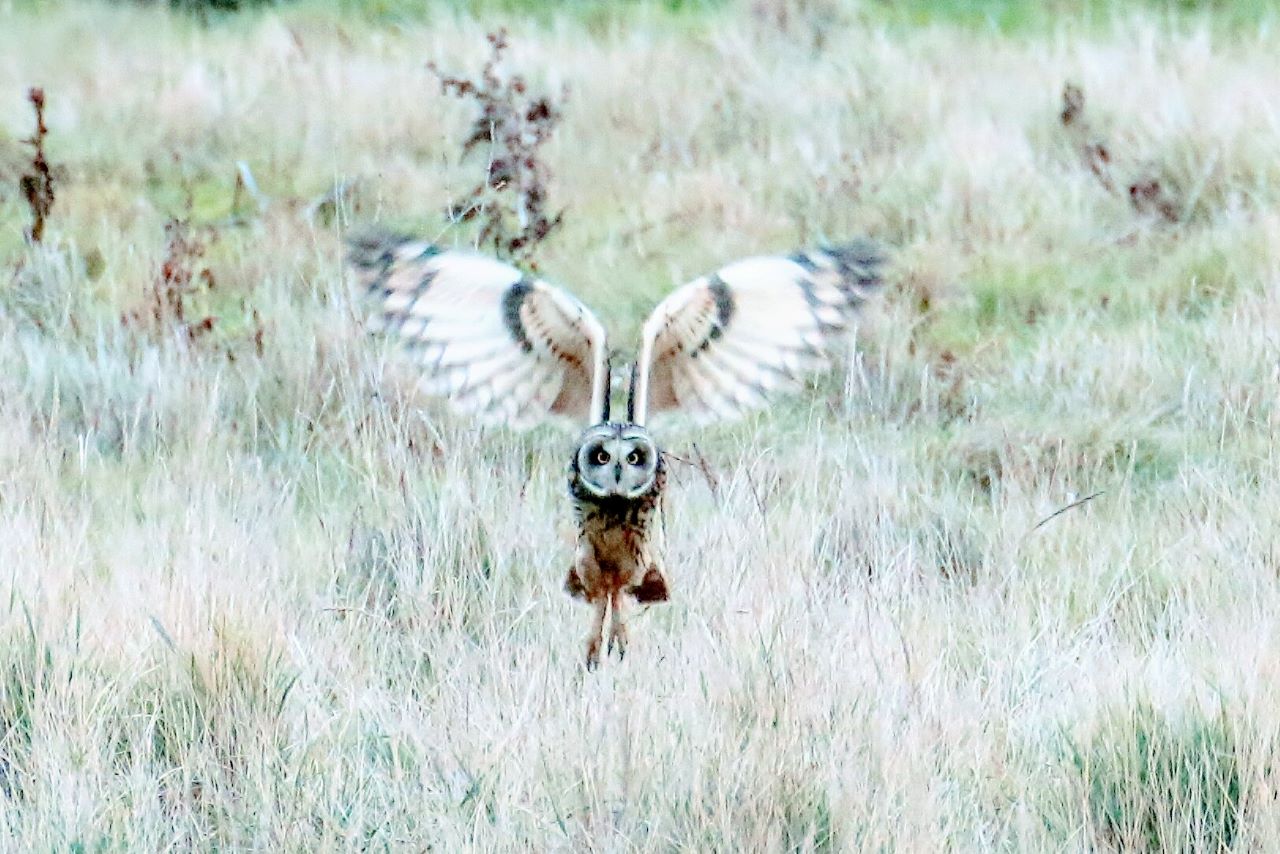
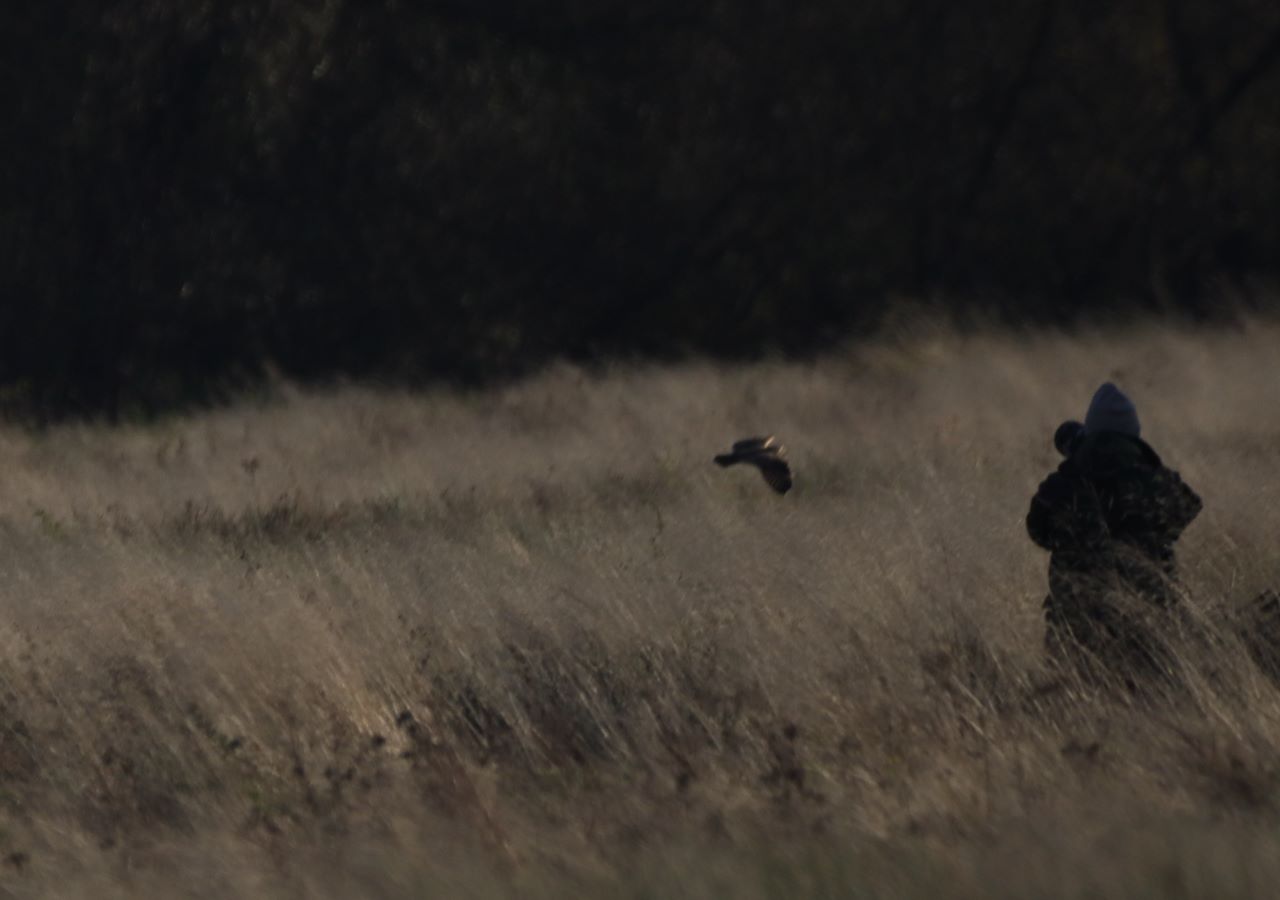
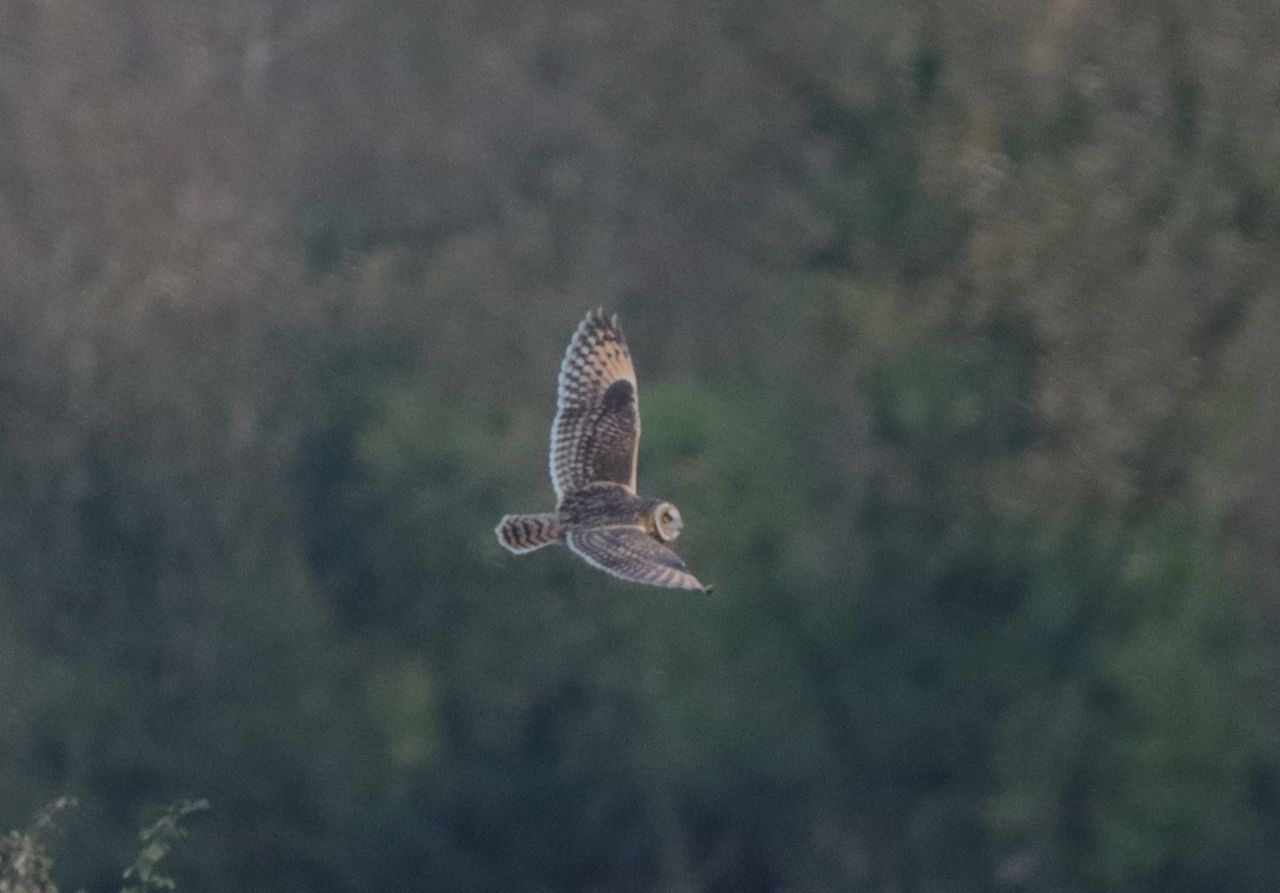
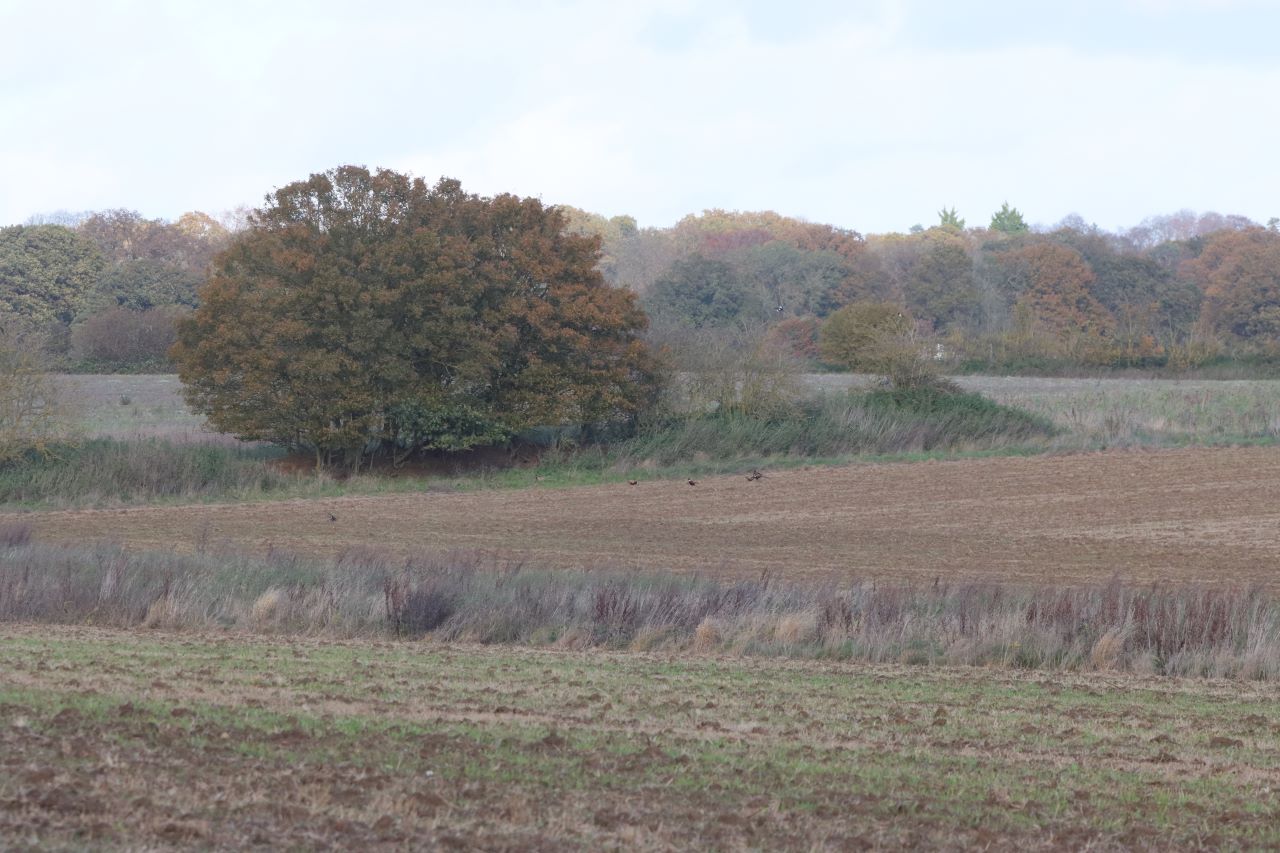
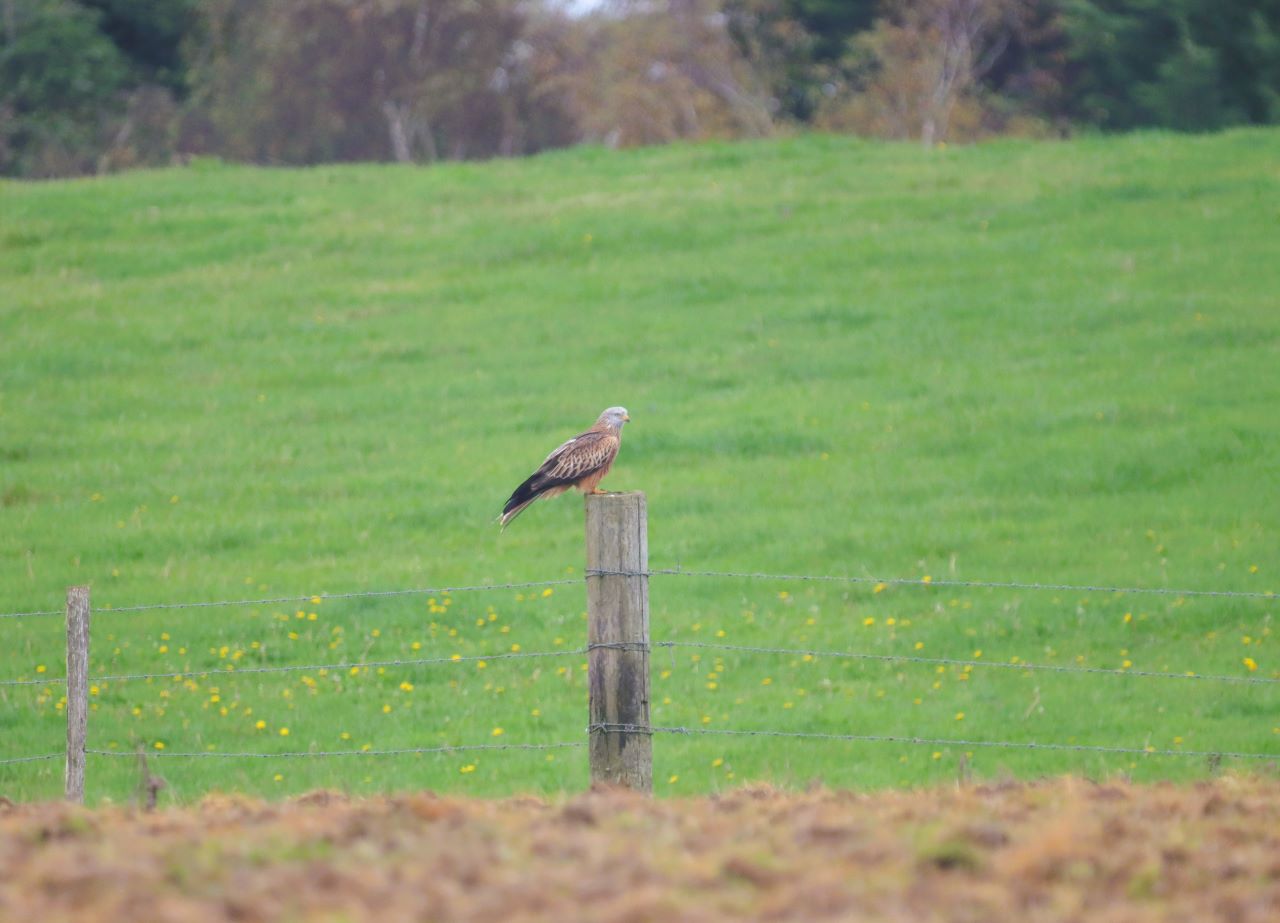
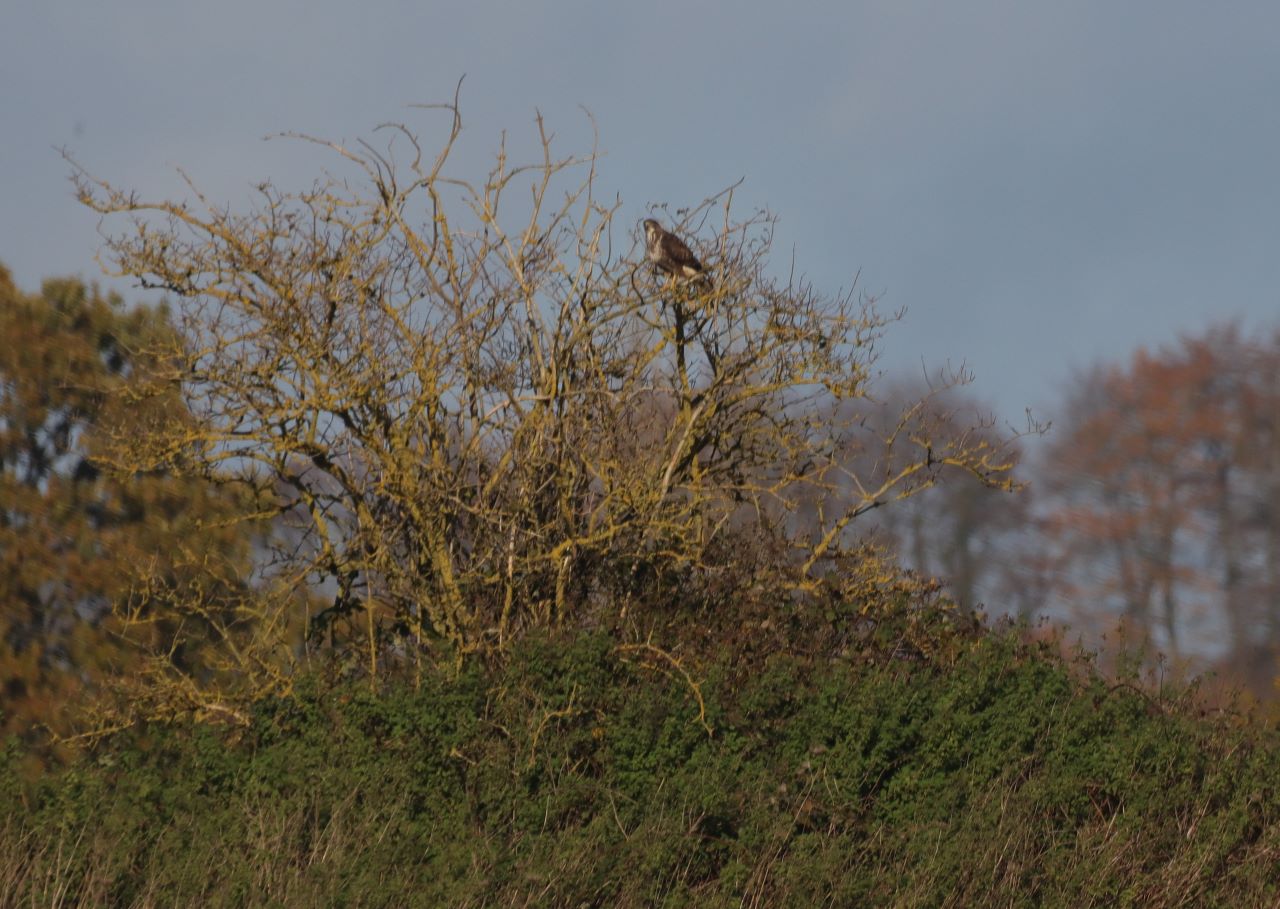
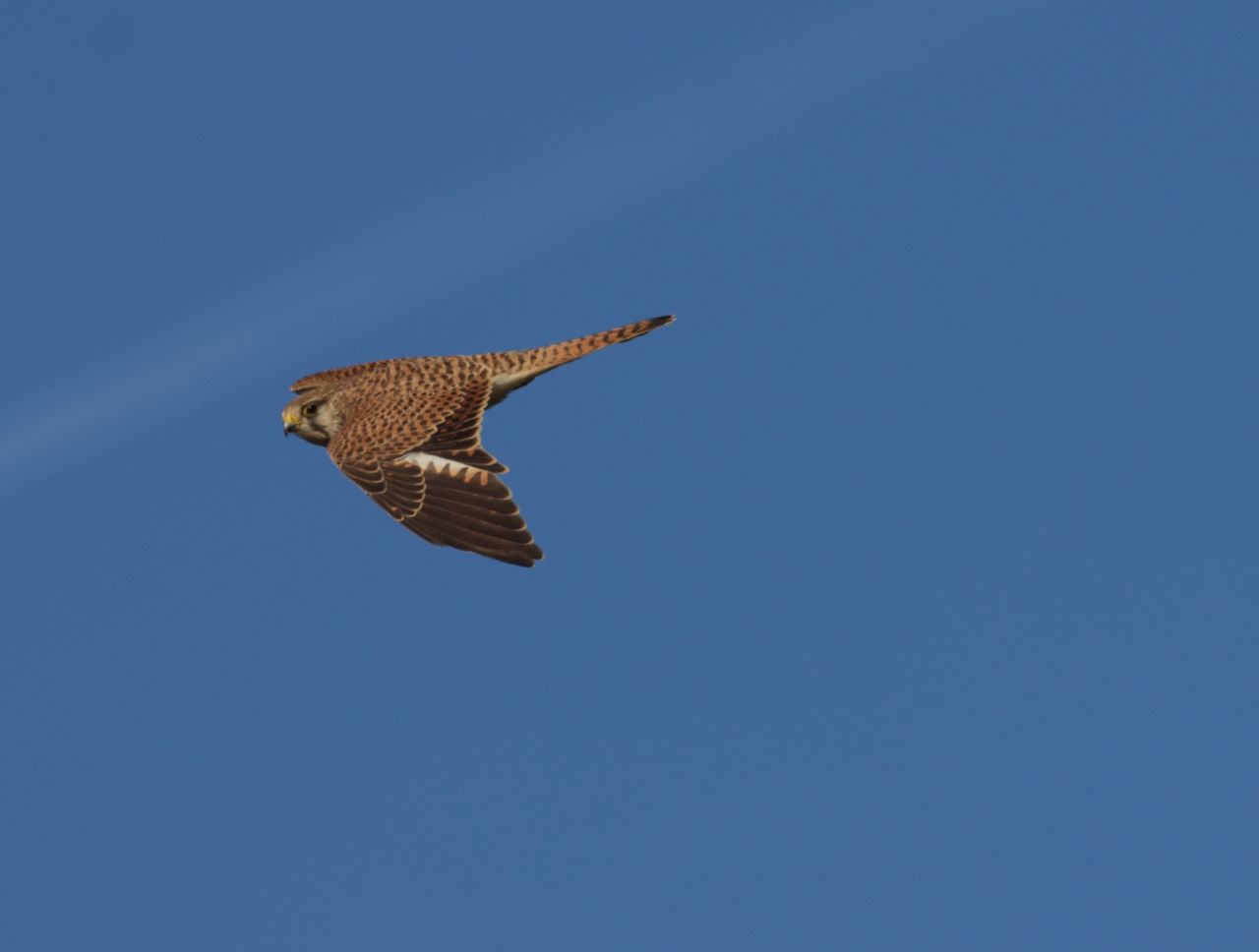
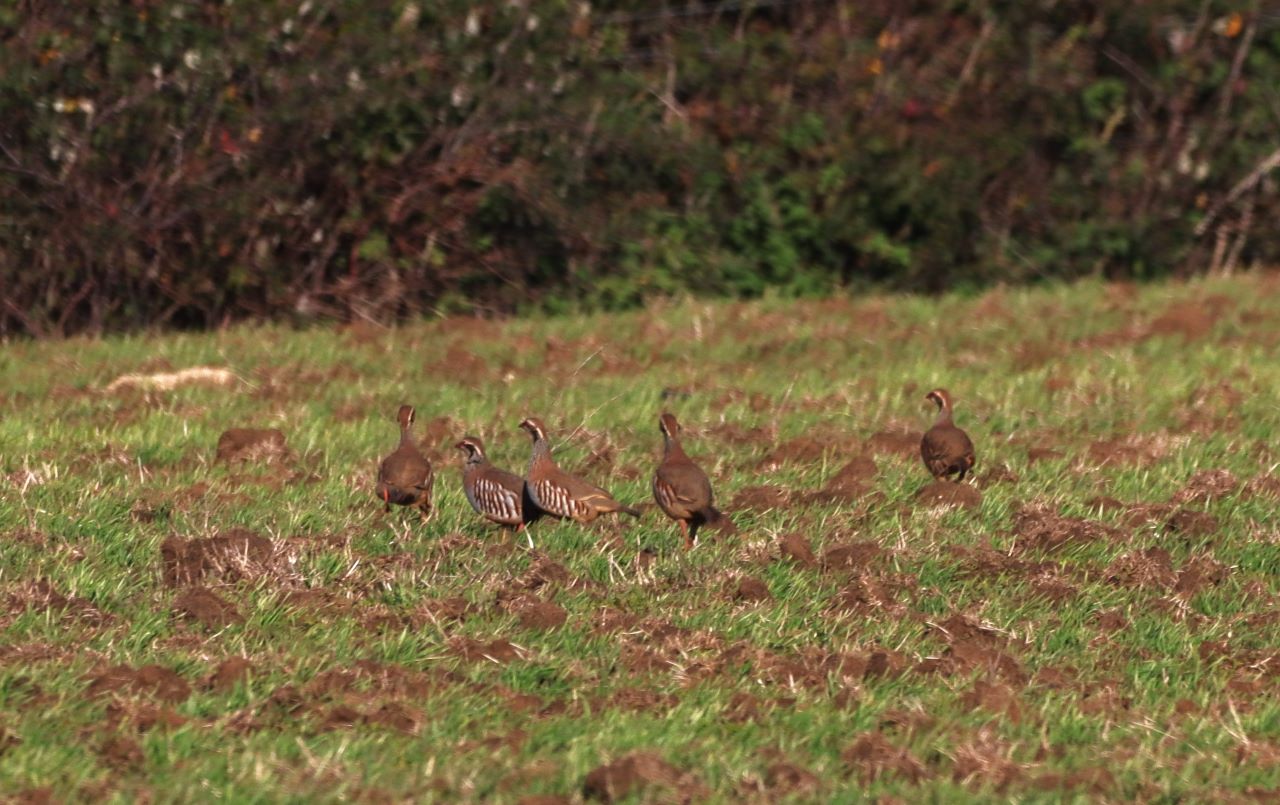
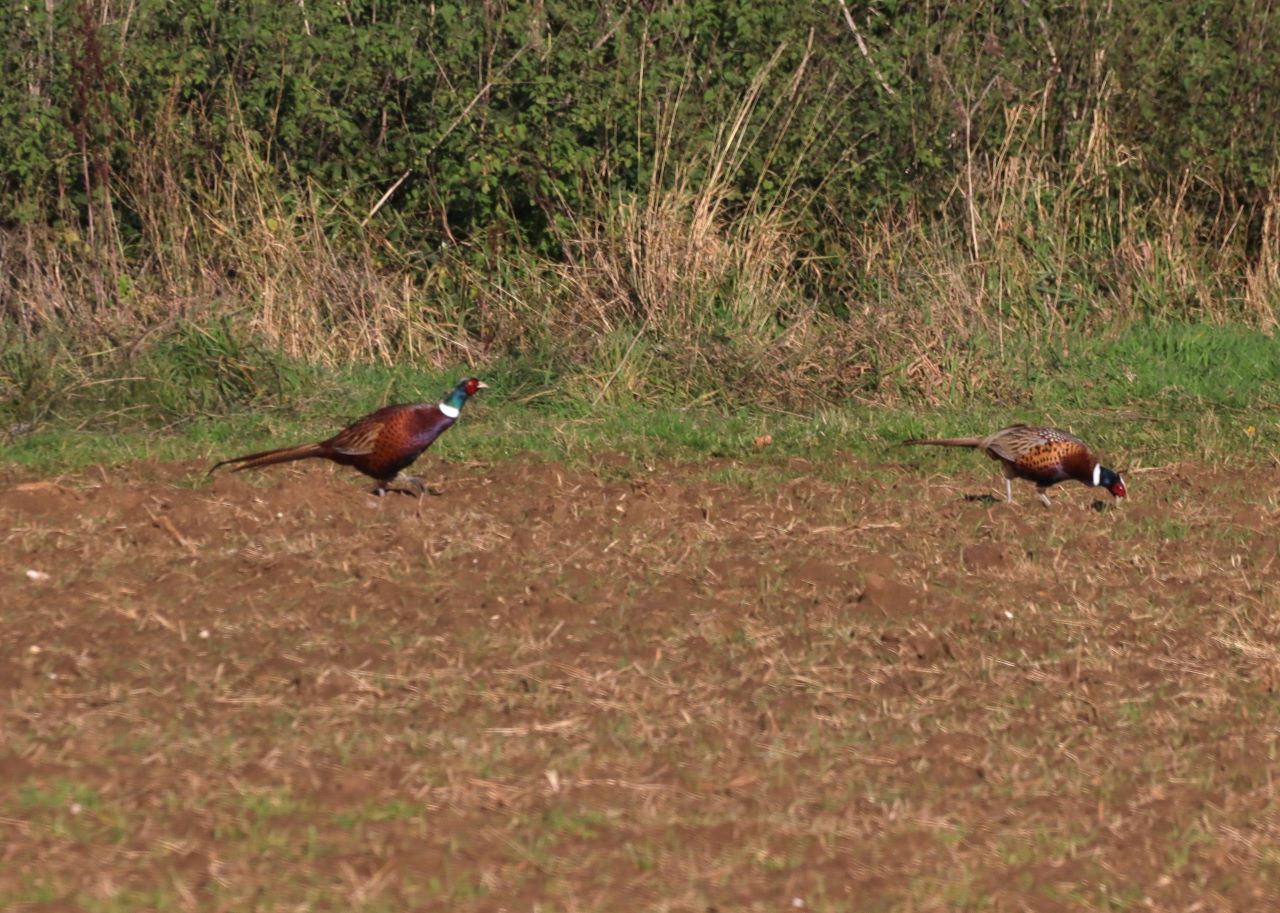

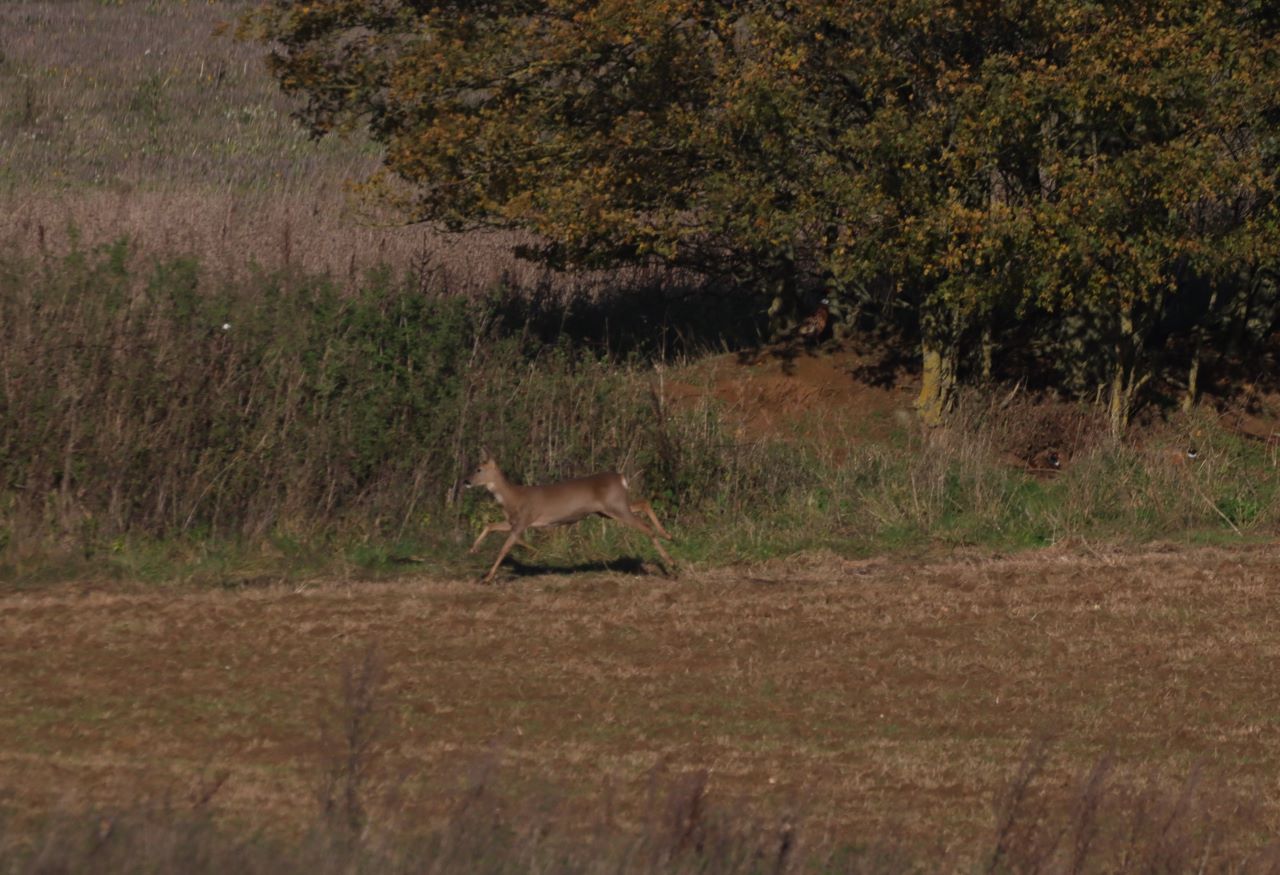






Recent Comments